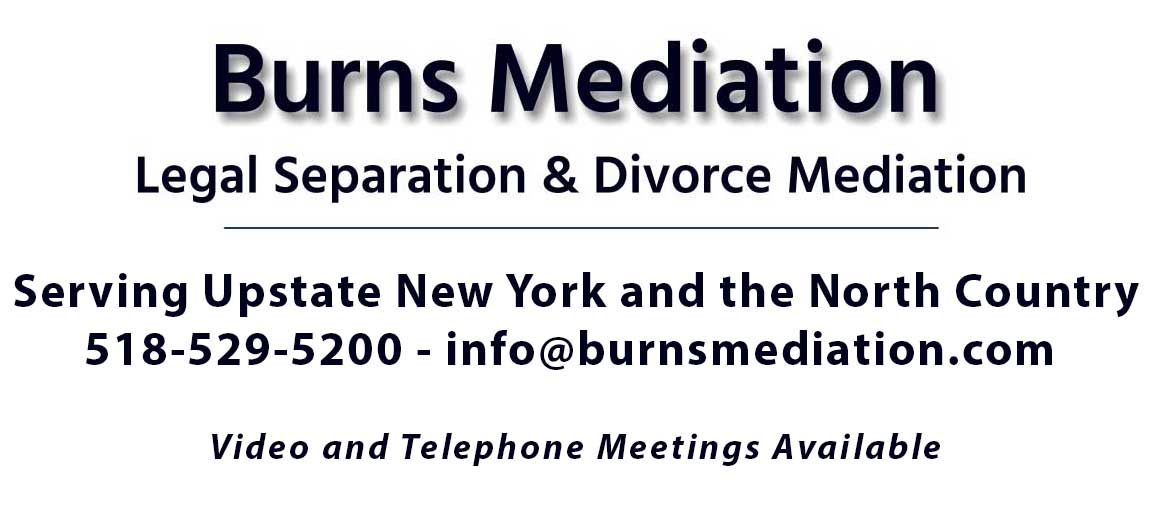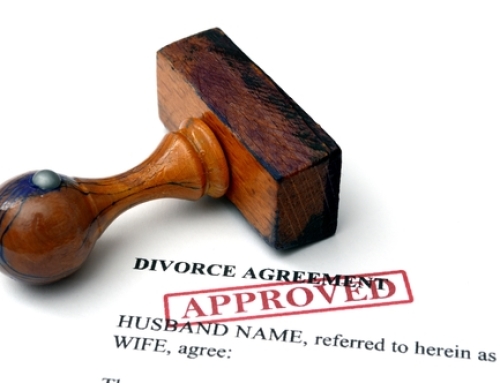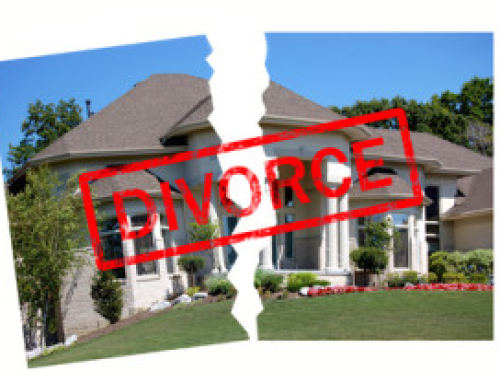
In New York, what used to be called “alimony” is now called “maintenance”. On January 23, 2016 New York adopted a law that creates “guidelines” that are designed to assist a court in determining the amount and duration of spousal maintenance.
First, some background. Maintenance was typically awarded when a court felt that one spouse, called the “recipient” needed financial assistance to meet his or her needs and the “payor” had the means to assist in meeting those needs. The court was required to consider 20 factors in determining the amount and duration (length of time) of maintenance.
Of course this led to all sorts of unpredictable results since it was difficult if not impossible to “weigh” the 20 factors; that is, it was difficult to determine whether one factor was more important than another. It also led to a lot of litigation since, not only was there little predictability, but maintenance was often as much an emotional issue as it was a financial one!
When New York first adopted No Fault divorce in 2010, an effort was made to create more predictability and uniformity in this area by creating guidelines. The effort, however, failed to pass the legislature, which tasked the Law Revision Commission to study the issue and make recommendations to the legislature to achieve the goal of “ensuring that the economic consequences of a divorce are fairly and equitably shared by the divorcing couple.”
The result of several years of study was Domestic Relations Law 236(B)(6) which requires a court, “upon application of a party” to make an award of “post-divorce maintenance” by following certain guidelines based on the income of each party. (The new law also established temporary maintenance, but this is not addressed here).
One of the first things the new law did was to change the definition of “recipient” to “payee” which is the spouse with the lower income. It also defined “payor” as the spouse with the higher income.
“Income” is defined in the new statute to be the same as defined in the Child Support Standards Act, which seems to mean that FICA and certain taxes are deducted. It also includes the income from “income-producing property distributed or to be distributed” in the divorce.
The new law also created an income cap of $175,000.00 for the payor spouse. This amount will increase every other January 31 beginning in 2016, based on changes in the Consumer Price Index for all urban consumers (the CPI-U).
The new law has two formulas that are used in determining the amount of maintenance. One is used if the payor spouse is the non-custodial parent. The other is used where there is no child support or when the payor spouse is the custodial parent.
If the payor spouse is the non-custodial parent the law says you:
- Subtract 25% of the payee’s income from 20% of the payor’s income, then;
- Multiply the sum of the payor’s income and the payee’s income by 40%, and subtract the payee’s income from the amount derived.
- The lower of the two results is the correct amount.
For example: If the payor’s income is $120,000 and the payee’s income is $40,000:
Step 1: Subtract $10,000 (25% of payee’s income) from $24,000 (20% of the payor’s income) which results in a payment of $14,000/yr.
Step 2: Subtract $40,000 (payee’s income) from $68,000 (40% of the combined income) which results in a payment of $28,000/yr.
Therefore, yearly maintenance would be $14,000/yr (the lower of the two results).
If there are no minor children or if the payor is the custodial parent the formula is to:
- Subtract 20% of the payee’s income from 30% of the payor’s income, then;
- Multiply the sum of the payor’s income and the payee’s income by 40%, and subtract the payee’s income from the amount derived.
- The lower of the two results is the correct amount.
Using the same income as above the result would change as follows:
Step 1: Subtract $8,000 (20% of payee’s income) from $36,000 (30% of the payor’s income) which results in a payment of $26,000/yr.
Step 2: Subtract $40,000 (payee’s income) from $68,000 (40% of the combined income) which results in a payment of $28,000/yr.
Therefore, yearly maintenance would be $26,000/yr (the lower of the two results).
Of note, the new law requires you to include the spousal support (either by adding the amount received or deducting the amount paid) to the income of each parent when calculating child support.
For those using my services, I will assist you with the calculations to demonstrate these two formulas and the steps that must be followed.
Unlike child support, there is no provision to use the formula for income above the cap. Rather, the statute requires a court to determine any additional maintenance over the cap based on the consideration of a list of statutory factors.
These factors include:
- the age and health of the parties;
- the present or future earning capacity of the parties, including a history of limited participation in the workforce;
- the need of one party to incur education or training expenses;
- the termination of a child support award before the termination of the maintenance award when the calculation of maintenance was based upon child support being awarded which resulted in a maintenance award lower than it would have been had child support not been awarded;
- the wasteful dissipation of marital property, including transfers or encumbrances made in contemplation of a matrimonial action without fair consideration;
- the existence and duration of a pre-marital joint household or a pre-divorce separate household;
- acts by one party against another that have inhibited or continue to inhibit a party’s earning capacity or ability to obtain meaningful employment. Such acts include but are not limited to acts of domestic violence as provided in section four hundred fifty-nine-a of the social services law;
- the availability and cost of medical insurance for the parties;
- the care of children or stepchildren, disabled adult children or stepchildren, elderly parents or in-laws provided during the marriage that inhibits a party’s earning capacity;
- the tax consequences to each party;
- the standard of living of the parties established during the marriage;
- the reduced or lost earning capacity of the payee as a result of having forgone or delayed education, training, employment or career opportunities during the marriage;
- the equitable distribution of marital property and the income or imputed income on the assets so distributed;
- the contributions and services of the payee as a spouse, parent, wage earner and homemaker and to the career or career potential of the other party; and
- any other factor which the court shall expressly find to be just and proper.
These factors are very similar to those that existed in the prior statute except they now only apply to award of maintenance for income over the cap and are not used to determine the extent and duration of maintenance, as they were before.
Speaking of duration, the new statute also has a formula for determining the length of maintenance based on the length of the marriage.
- For marriages that have lasted 15 years or less, the duration will be 15% to 30% of the length of the marriage;
- For those couples married for more than 15 years but less than 20, the duration is 30% to 40% of the marriage;
- For those couples who have been married for more than 20 years, the duration is 35% to 50% of the length of the marriage.
The law also requires the termination of maintenance upon the death of either party or upon the payee’s marriage, including circumstance whereby the payee is living in a “married-like” relationship (if that can be proven). It also allows for a modification of maintenance upon the retirement of the payor.
As before, maintenance is a tax deduction to the payor and is income to the payee. And since it terminates upon the death of the payor, it may also be wise to maintain a life insurance policy to cover such a possibility.
Share with Friends:
Need More Information?
To schedule a free phone or video consultation, complete and submit the form below, email us at [email protected], or call 518-529-5900.





